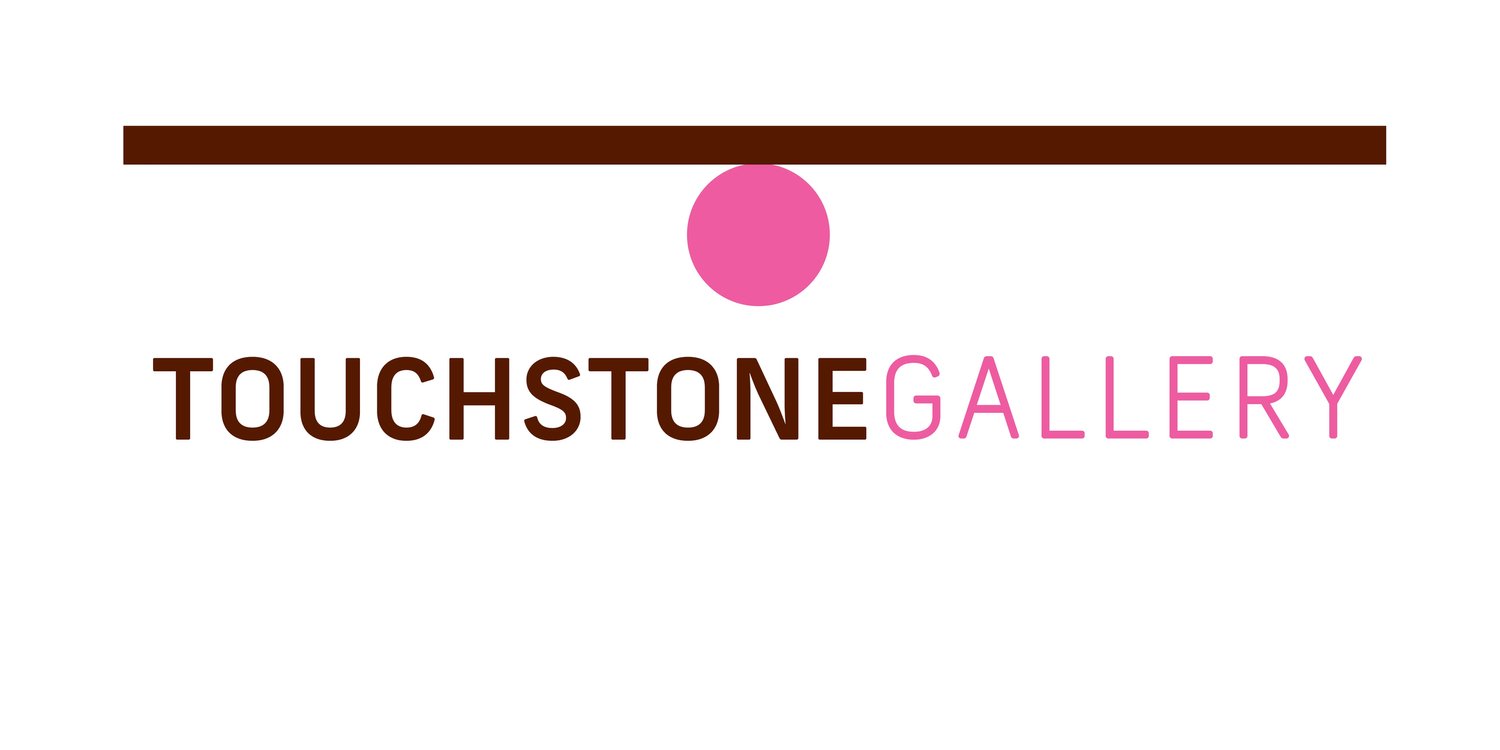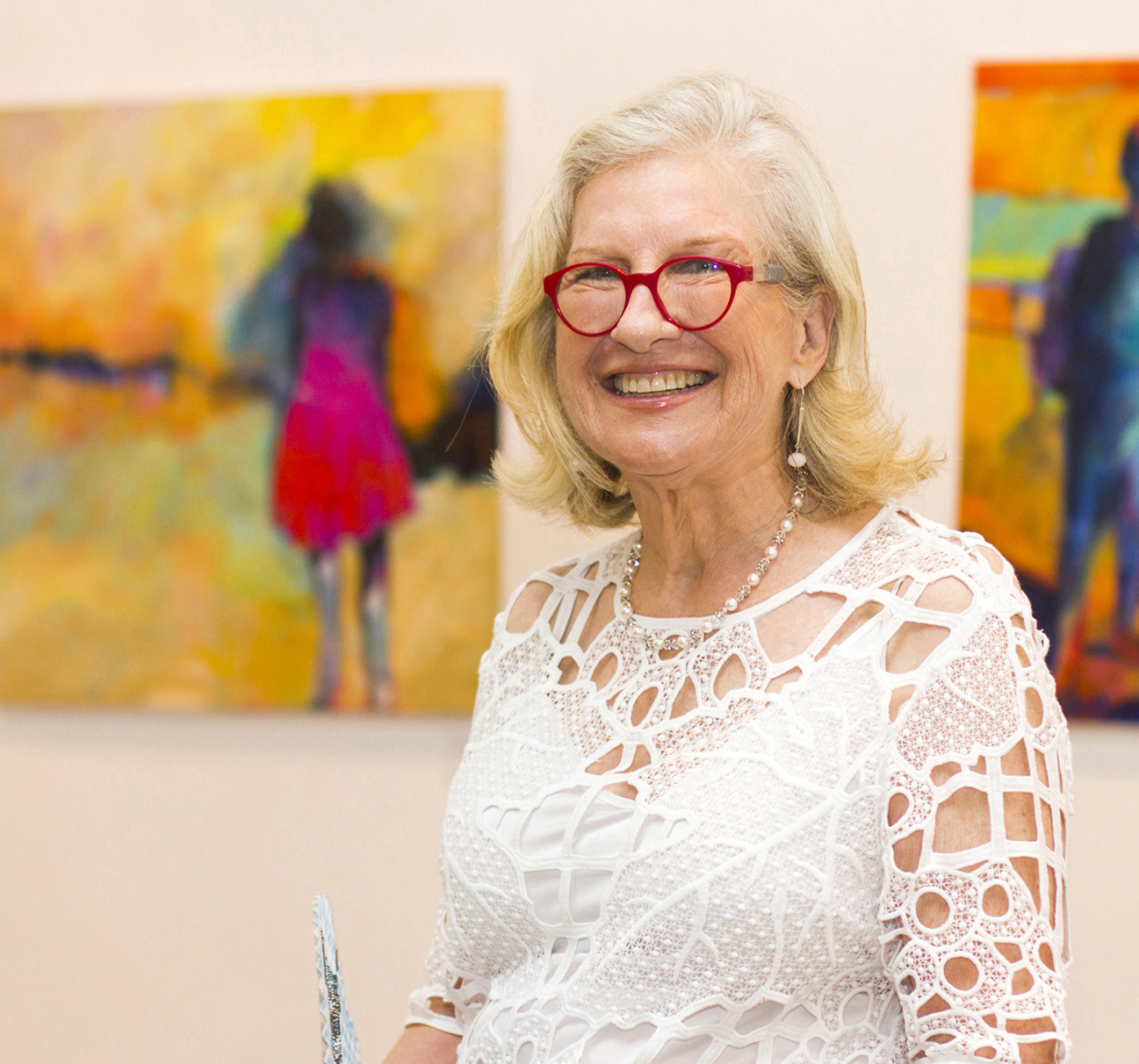When hearing about immigration, the word “crisis” comes to mind. Perhaps it’s because so many people are migrating everywhere in the world now. It seems like a new humanitarian predicament, but migrations have occurred in every age and time stirring the human population pot and generating conflict as well as new traditions and cuisines. In the late 1800’s for instance, the multinational population of Peru was transformed by an huge inflow of Chinese indentured laborers.
Rosa Vera, who was born in the melting pot of Lima, Peru, became an immigrant herself at age three when her father brought the family to live in the United States, then to several other countries. Rosa was schooled in Washington DC before studying architecture in Mexico and then obtaining advanced degrees in economics at both McGill University in Canada and George Washington University in Washington DC. Speaking three languages made her a good candidate for a job at the International Monetary Fund where she worked for 32 years. A mix of cultures and passages through borders all over the world characterized her life.
One constant in her nomadic life is the feeling of unease. “I’ve never felt comfortable no matter where I am. I’m always in-between. I’m neither one thing or the other, but always trying to find a path through one border or another,” Rosa recalls. Author Jhumpa Lahiri describes this very feeling. "From the beginnings of literature, poets and writers have based their narratives on crossing borders, on wandering, on exile, on encounters beyond the familiar…. The tension between alienation and assimilation has always been a basic theme.” Rosa’s current Touchstone Gallery solo exhibition Passages and Borders is a complex narrative of the immigrant experience. Life experiences insert themselves into her compositions, colors and materials, telling stories to herself as well as the viewer.
Paintings like Detenido/At the Frontier, Ellis Island Immigrant, Borders, Bilingual,Tantos Caminos, Tantas Banderas (So Many Paths, So Many Flags; not included in this exhibit), depict the migration story. Silhouette figures, either alone or in groups, emerge from richly painted – sometimes warm, sometimes cool – reds, blues and yellows. Blurred or undefined faces are common throughout perhaps suggesting that identity gets lost during upheaval and turmoil. Those oft-portrayed ancient goddesses known as the Three Graces appear in Passing Through and in the Tantos painting, where they express strength of purpose in addition to charm, beauty, and resourcefulness. More intimate family paintings include three-dimensional niche boxes, each a portrait painted on 1/8-inch MDF plywood cut out digitally from drawings done with size .005 ink pen. These paintings are characterized by flat colors and stencil overlays in contrast to the more actively brushed and textured paintings on the surrounding canvasses.
As Michael Ondaatje writes in Divisadero, "Everything is biographical... What we make, why it is made, … who it is we are drawn to, why we cannot forget. Everything is collage, even genetics. There is the hidden presence of others in us, even those we have known briefly. We contain them for the rest of our lives, at every border that we cross." --Rosemary Luckett
Rosa Vera shares her own complex personal migration story in Passages and Borders: at Touchstone Gallery, 901 NY AVE NW, Washington DC September 5-29.
Opening September 14, 6:00 – 8:30 pm.
202-347-2787; info@touchstonegallery.com www.touchstonegallery.com





